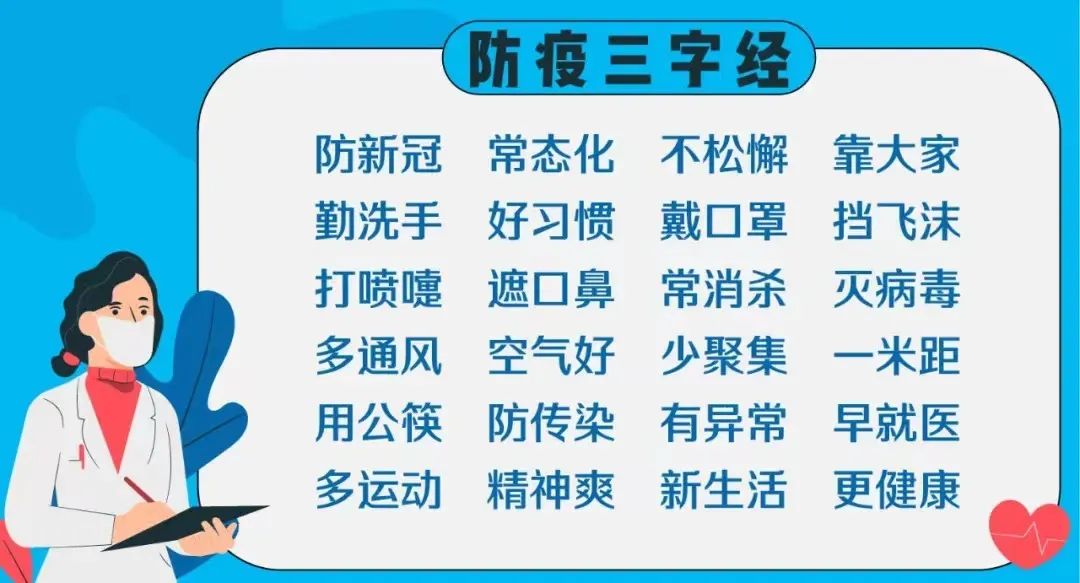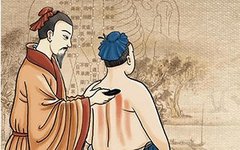Gua Sha

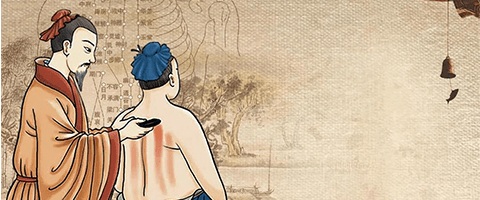
Gua Sha is a traditional Chinese medicine external treatment technique guided by the theory of meridians and acupoints, using various materials and shapes of Gua Sha tools and mediums to scrape the body surface to prevent and treat diseases.
The Gua Sha technique has effects such as unblocking meridians, improving blood circulation, and adjusting joint structure and function.
It is commonly used for external pathogenic diseases and painful conditions of the bones and joints.
Common Tools and Mediums

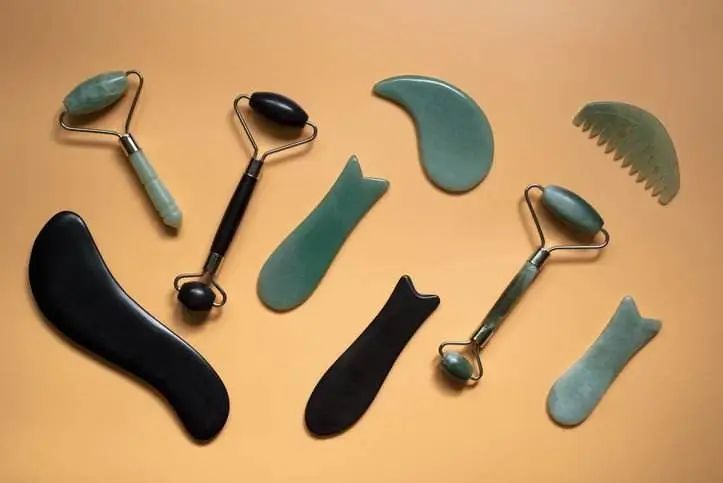
1. Tools: Gua Sha board (Bian stone, water buffalo horn, jade, etc.).
2. Mediums: Gua Sha oil, moisturizing lotion, essential oils, etc.
Common Diseases Treated with Gua Sha Techniques

1. Neck Pain (Cervical Spondylosis)
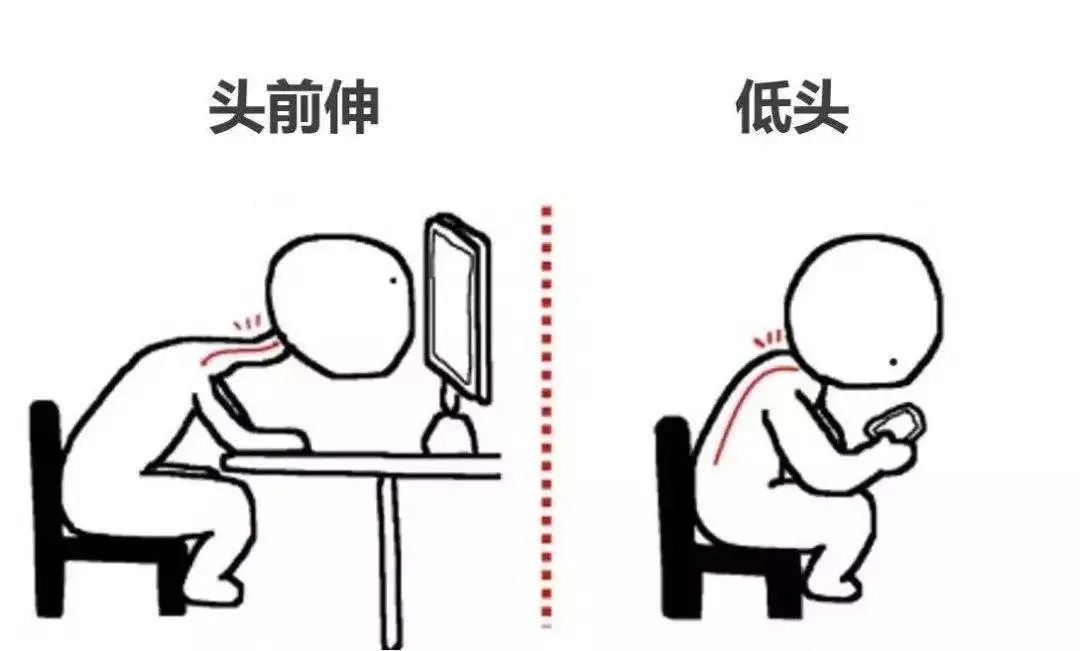
Does this posture look familiar?
Neck pain (Cervical spondylosis) is characterized by symptoms such as neck stiffness and pain radiating to the upper limbs, numbness in the fingers, and weakness in the upper limbs, often caused by liver and kidney deficiency, trauma, or invasion of external pathogens, leading to stagnation of Qi and blood, and malnourishment of tendons and bones.
With the development of modern times, common triggers for cervical spondylosis include prolonged periods of looking down, which significantly increases the likelihood of neck discomfort.
Gua Sha technique can relieve muscle tension, activate meridians, and alleviate pain.
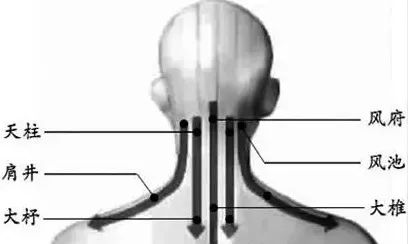
2. Shoulder Stiffness (Shoulder Periarthritis)
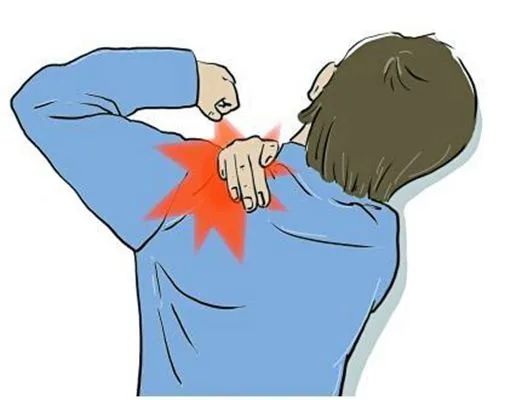
Shoulder stiffness is characterized by shoulder pain and functional impairment, often caused by trauma, liver and kidney Yin deficiency, or invasion of external pathogens, leading to stagnation of Qi and blood, and malnourishment of the meridians.
Gua Sha can: unblock meridians, invigorate blood circulation, and relieve spasms and pain.
3. Low Back Pain (Lumbar Muscle Strain, Lumbar Disc Herniation, etc.)
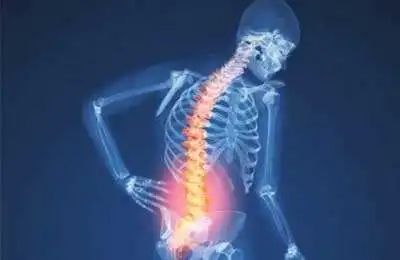
Low back pain is characterized by pain on one or both sides of the lower back, often caused by trauma, invasion of external pathogens, or kidney deficiency.
Gua Sha can: unblock meridians and relieve pain.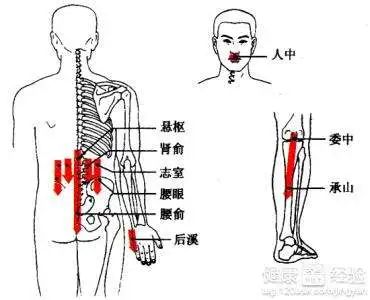
4. Acne (Common Acne)
Acne is characterized by the presence of papules, pustules, and nodules on the face, upper chest, and back, sometimes exuding a white, rice-like substance, often caused by irregular diet, excessive consumption of rich and greasy foods, or invasion of external pathogens.
Can Gua Sha help?
Yes, it can!
Clear heat and detoxify, invigorate blood circulation and resolve stasis.
However, Gua Sha is not suitable for everyone and has contraindications!
1. Severe cardiovascular diseases, liver and kidney dysfunction with edema.
2. Diseases with bleeding tendencies, such as severe anemia, thrombocytopenic purpura, leukemia, hemophilia, etc.
3. Infectious diseases, such as acute osteomyelitis, tuberculous arthritis, infectious skin diseases, skin abscesses, etc.
4. Acute sprains and strains, or skin that is swollen and ulcerated.
5. Patients who do not cooperate with Gua Sha, such as those who are intoxicated, have schizophrenia, or convulsions.
6. Pregnant women should avoid Gua Sha on the abdomen and lower back.
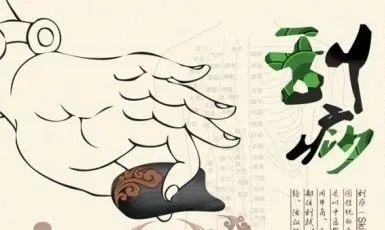 Precautions for Gua Sha:
Precautions for Gua Sha:
1. Select appropriate Gua Sha areas based on the meridian pathways and affected areas. Disinfect the scraping area with 75% ethanol cotton balls, or clean with a hot towel, disposable paper towels, or saline cotton balls. Then apply an appropriate amount of Gua Sha medium evenly on the cleaned area using the Gua Sha board. After Gua Sha, wipe the area clean with a clean paper towel, towel, or disinfected cotton ball.
2. Ensure the room is warm during Gua Sha, especially in winter to avoid exposure to wind and cold; in summer, avoid direct airflow from fans or air conditioning on the treated area.
3. Sensations of soreness, numbness, swelling, pain, or heaviness during Gua Sha are normal reactions. Skin changes such as redness, purplish discoloration, or the appearance of millet-like, papular spots, or patchy, linear marks are also normal and will usually resolve on their own within a few days without special treatment.
4. If dizziness, palpitations, cold sweats, pale complexion, nausea, or fainting occurs during Gua Sha, stop immediately, place the patient in a supine position with the head lower than the feet, and provide warm water or warm sugar water. If necessary, use the Gua Sha board to press points such as Baihui (百会), Ren Zhong (人中), Nei Guan (内关), Zu San Li (足三里), and Yong Quan (涌泉).
5. After Gua Sha, it is best to drink a cup of warm water and avoid consuming cold foods immediately. Avoid taking cold showers within 30 minutes after Gua Sha.
6. Elderly, weak individuals, children, or those sensitive to pain should use a gentle scraping technique.
7. For areas with more muscle (such as the back, arms, chest, abdomen, and limbs), use the flat side of the Gua Sha board (either the thin or thick side). For areas with less muscle, such as joints and extremities, use the edges of the Gua Sha board.
8. For patients with varicose veins or swelling in the lower limbs, scrape from the bottom up using the reverse scraping method.
Image and text resources from “Traditional Chinese Medicine Medical Technology Manual”, Baidu
Contributed by: Rehabilitation Department
Edited by: Hou Biyu
Reviewed by: He Jinglan
